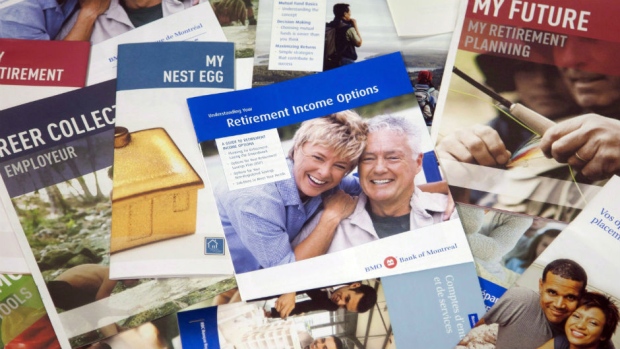Feb 1, 2017
Personal Investor: How to get the most from your RRSP
By Dale Jackson

A new survey from BMO Financial Group says fewer Canadians plan to make a contribution to their registered retirement savings plan this year, but those who contribute will contribute more.
It finds 46 per cent of respondents expect to cough up the cash before the March first deadline, compared with 50 per cent last year. The average contribution is expected to be $5,088 versus $3,984 last year.
Canadians hold close to $40 billion in RRSPs, according to Statistics Canada. There’s no question it’s a popular tax savings tool but it can be intimidating to the average investor.
Here are the basics of how an RRSP work:
The amount you contribution before the deadline can be deducted from your 2016 taxable income. That means you won’t pay income tax on that amount.
Your contributions grow tax free in just about any investment – stocks, bonds, mutual funds, exchange traded funds, options and even cash, if you wish.
Contributions and gains are fully taxed when they are withdrawn.
Here’s how you can make the most of your RRSP when it comes to tax savings:
Make your contribution when you are in a high tax bracket. The amount you save from an RRSP contribution is equal to your current tax rate. If you are in a higher tax bracket you will save more.
Your contributions can still grow tax free, but if you are in a low tax bracket consider holding off and diverting your contribution to a tax free savings account (TFSA) which does not allow a tax deduction but contributions and gains are never taxed.
Withdraw only enough to keep you in a low tax bracket (ideally retirement), and draw the rest of your income from your TFSA (non-taxable). If you contribute too much to your RRSP you will be taxed in a higher bracket when it is withdrawn. Eventually, the Federal government will force you to make minimum withdrawals when it is transferred to a registered retirement income fund (RRIF). Also, if your income is too high you will lose your Old Age Security (OAS) benefits.
If you don’t use up your contribution space in any given year it can be carried forward for future years, so you can bank it up for years when your income is higher.






